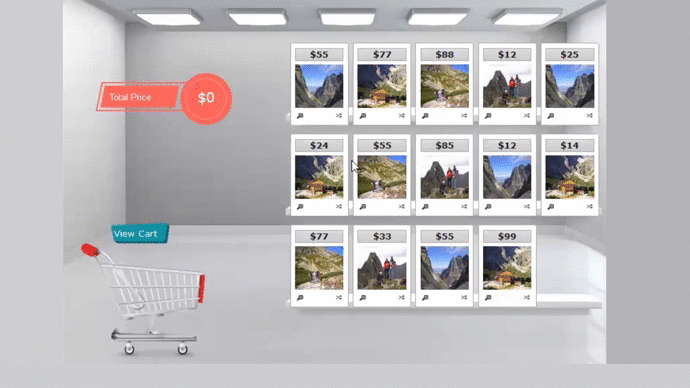
It isn’t cheap to gain access to people to participate in research studies. It’s a necessary investment that researchers make so they can listen to and understand a carefully targeted set of people. In order to discover high quality, generalizable insights that can be converted into actionable outcomes, this investment needs to be protected. Here are five techniques you can use to protect your investment.
Digital Fingerprinting
 In the research space, digital fingerprinting is used for two key reasons (though others exist). It can help prevent people from participating in a research project more than once, whether by accident or on purpose. And, it can also ensure that participants originate from the country we expect them to be in. Catching inappropriate participants early in the process helps keep research costs lower as we won’t end up paying for invalid completes. And, by preventing duplicate responses, validity and reliability of results are improved.
In the research space, digital fingerprinting is used for two key reasons (though others exist). It can help prevent people from participating in a research project more than once, whether by accident or on purpose. And, it can also ensure that participants originate from the country we expect them to be in. Catching inappropriate participants early in the process helps keep research costs lower as we won’t end up paying for invalid completes. And, by preventing duplicate responses, validity and reliability of results are improved.
Digital fingerprinting happens behind the scenes automatically. It involves identifying a range of features on an individual’s computer or mobile device to create a unique, data-driven identifier. Features could include computer specifications such as operating systems, installed software, browsers, geography, domains, and ISPs.
Early Data Validation
There’s no such thing as a perfect questionnaire. Building questionnaires is a subjective process that incorporates both art and science. Even for experts, it’s a cumbersome and complicated task to ensure that every skip and logic criteria is correct and creates the desired flow for every single participant. Fortunately, we can save time and increase data quality by leveraging digital tools designed for early data validation.
As always, every questionnaire should be manually checked for logic errors. On top of that, early data validation tools can confirm the accuracy or identify logic errors during soft launches. Catching oddities early will permit revisions or fixes to be made in the questionnaire or the scripting before the entire sample receives a less than ideal questionnaire.
Increased Consistency
When research objectives require targeting a hard-to-reach sample of people, we might need to access participants from several sources. Multiple sources, multiple processes, multiple email systems…. that’s a recipe for confusion and error.
As researchers, we know that consistency is key – when participants receive different messages at different times and with different formatting, this can have a negative impact on the research results. If it’s a struggle to stay organized and maintain consistency with samples using disparate systems, take advantage of a Survey Link Management system.
Re-Screening
Re-screening is a tricky topic. Most panels screen their panelists at least annually on key demographic variables like age, gender, and region. However, people move from state to state, get married or divorced, have children, and change and lose jobs and income. And, it’s now becoming more common for people to feel comfortable about sharing a gender identity that isn’t what they previously shared.
As much as we want to make surveys shorter for panelists, we also need to recognize that people’s lives are bumpy roads. People change.
It’s always a good idea to re-screen potential participants on at least few key variables to ensure your investment still reflects the people you need to speak with.
Engaging Questionnaires
When online surveys first became available twenty years ago, researchers got excited about radio buttons, check boxes, and text boxes. Fast forward to today… and researchers are less excited but still focused on radio buttons and check boxes.
Think for a minute about the digital activities people love to spend time on today. Those games and social networks have no radio buttons or check boxes. They use drag and drop, flicking, and swiping. They’re filled with images, sounds, and video. They’re fun and entertaining.
Surveys could be like that too. If we want to ensure the people we’ve invited to complete our surveys actually follow through and complete those surveys, we need to create a research experience that encourages engagement. We need to take advantage of the advanced participant engagement tools that are available to us today. Let’s write questionnaires that look like they were built this year.



.
In Conclusion
It takes a lot of expertise to curate customized solutions that fit specific research needs. When we put the time into curating a targeted group of participants, our investment needs to be protected by building participant engagement and data quality techniques into the survey process. This is how we will generate better quality outcomes and smarter business decisions.
If you’re ready to build a research study with great data quality, please feel free to email your project specifications to our research experts using Bids at E2Eresearch dot com.
Review our case studies
- Tracking Customer Satisfaction Across 8 Countries
- Increasing Customer Acceptance For Controversial Pet Food Format
- Benchmarking Brand Awareness and Competitive Brand Space
Sample Conferences
- SampleCon: May 16 to 18, 2022